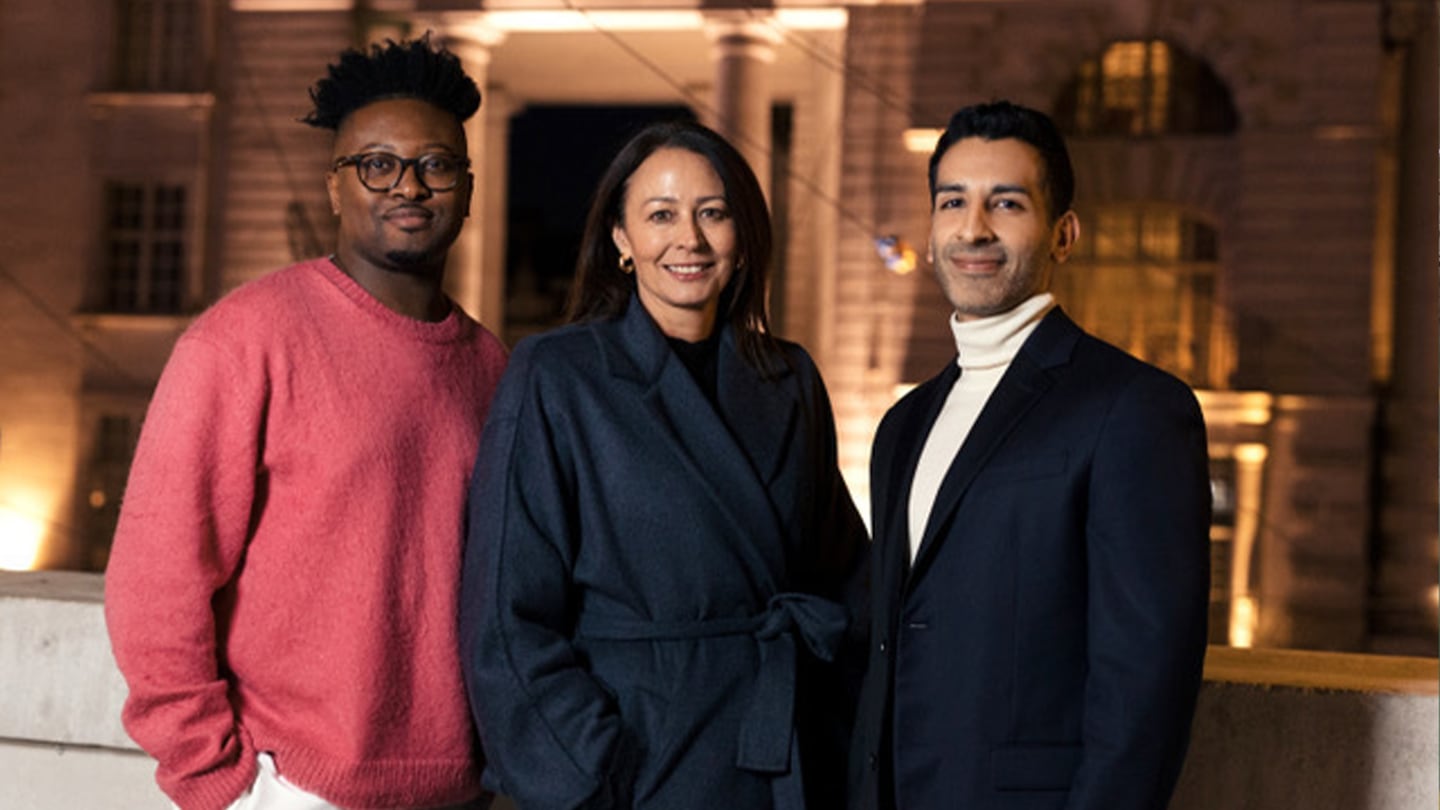
The Business of Fashion
Agenda-setting intelligence, analysis and advice for the global fashion community.

Agenda-setting intelligence, analysis and advice for the global fashion community.

Most UK fashion firms lag when it comes to inclusivity in their leadership ranks — and many executives are blind to the issue, according to a new report published Tuesday.
The report, a collaboration between the British Fashion Council, The Outsiders Perspective, the (Fashion) Minority Report and McKinsey & Co., showed that people of colour make up roughly 9 percent of executive teams and boards of directors, and they hold only 11 percent of power roles — creative directors, chief executive, chief financial officer and other titles — at UK fashion firms. Women make up 39 percent of executive leaders and hold about 24 percent of the most powerful jobs, the study found.
The research indicated a stark contrast between how various groups view fashion’s progress: 86 percent of white men believe the industry is diverse while only 46 percent of women of colour felt the same way. (Comparatively, 69 percent of white women saw the industry as diverse and 57 percent of men of colour, per the study.)
Following the murder of George Floyd in 2020, dozens of fashion firms launched DEI departments and appointed heads of the function. But while a majority of fashion firms have laid out quantitative targets for sustainability, another area where they face social pressure to improve their record, hard goals for diversity, equity and inclusion were apparent at just 17 percent of companies, the study found.
ADVERTISEMENT
“I think it’s fair to say that DEI needs a rebrand and repositioning,” said Jamie Gill, non-executive director of the British Fashion Council and founder of The Outsiders Perspective, a nonprofit incubator programme for people of colour. “DEI, as it was designed, was not well understood. It wasn’t understood ‘how do we actually enact change? What are the steps that we need to take to actually move on this? What is the mission? What is then your target at the end of it all?’”
Instead, fashion firms have prioritised their “public-facing persona,” Gill said, driving up representation for people of colour in advertising and on runways. Ethnically diverse models accounted for 50 percent of catwalks at London Fashion Week 2022, compared with 14 percent a decade previously. In advertising campaigns in 2022, 43 percent of models were ethnically diverse, compared with 9 percent in 2012.
Over the past year — particularly in the US where experts say companies were making the most progress — diversity advocates have flagged a backslide on initiatives. The deceleration has been further exacerbated by the US Supreme Court’s overturning of affirmative action and a broader uptick in conservative activism.
That DEI programmes were initially categorised as part of many companies’ “social impact goals” rather than as an “integral profitability driver” has also pushed these initiatives to the back burner, Gill said.
Gill pointed to data from McKinsey’s Diversity Matters Even More study, released December 2023, which showed that companies in the top quartile for gender or ethnic diversity are 39 percent more likely to financially outperform bottom quartile peers. (The study included more than 1,000 companies in 23 countries.)
The UK Fashion DEI report — an analysis of data and insights from on The UK Fashion DEI Census (an audit that included more than 1,500 people working in fashion), 11 leadership interviews; and an “in-depth study” of 70 UK fashion companies — is meant to help paint a clearer picture of the diversity landscape so that companies can better strategise to yield the financial rewards of inclusivity, Gill said.
Among the best practices laid out in the report are that companies should work to gather their own data, be transparent about where they stand and set long-term targets of up to 10 years. Top executives (in the C-suite and on boards) should “lead from the top” by modelling an inclusive and equitable culture for their workforce without relying on DEI departments and their leaders to do the work on their own; and prioritise equity in recruitment and their talent pipelines.
“The argument has been, ‘we can’t find good diverse talent within the fashion industry – it doesn’t exist,’” Gill said. “The point we’re making is: that can’t keep still standing. No one’s going to want to come and work here if we don’t change this. We have this massive opportunity to get some real skill set to drive us forward.”
The report sets out an industry goal of achieving, within a five-year time frame, representation of 25 percent people of colour, 50 percent female, and identified representation from within the LGBTQIA+ and disabled communities, areas where data is lacking, at executive and board level.
Despite major hires like Chanel’s Virginie Viard and Louis Vuitton’s Pharrell Williams, gender parity and racial diversity in top creative roles remain urgent problems.
Some creatives say a tougher environment has spurred them to be more emboldened in their work — and to care less about waiting for fashion’s gatekeepers to open doors.
Diversity, equity and inclusion efforts were already losing momentum before the Supreme Court weighed in. The ruling may accelerate the backslide, experts say.

Sheena Butler-Young is Senior Correspondent at The Business of Fashion. She is based in New York and covers workplace, talent and issues surrounding diversity and inclusion.
Discover the most exciting career opportunities now available on BoF Careers — including jobs from Tapestry, Alexander McQueen and Toteme.
A US regulator has banned most uses of the clauses, which started as a way for fashion companies to prevent senior executives from walking off with trade secrets, but have become a standard retention tool.
Check out this week’s new partners and openings on BoF Careers, the global marketplace for fashion talent.
BoF Careers provides essential sector insights for fashion designers this month, to help you decode fashion’s creative and commercial landscape.